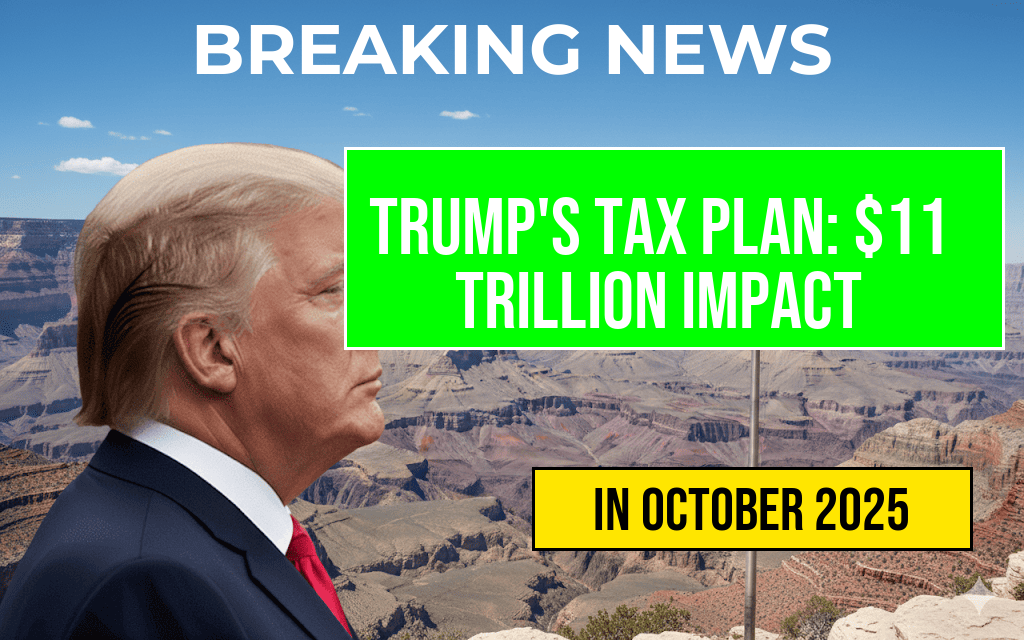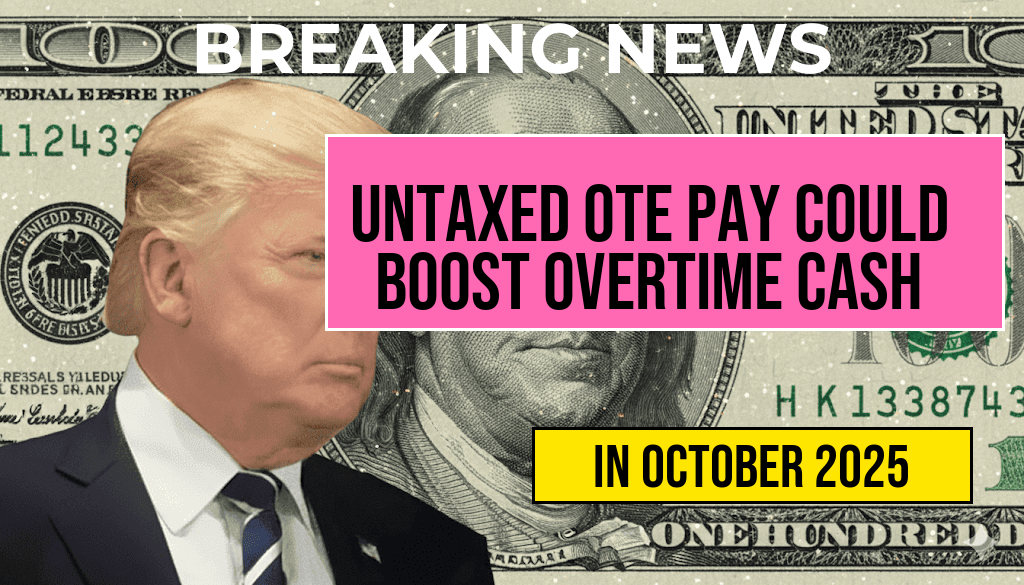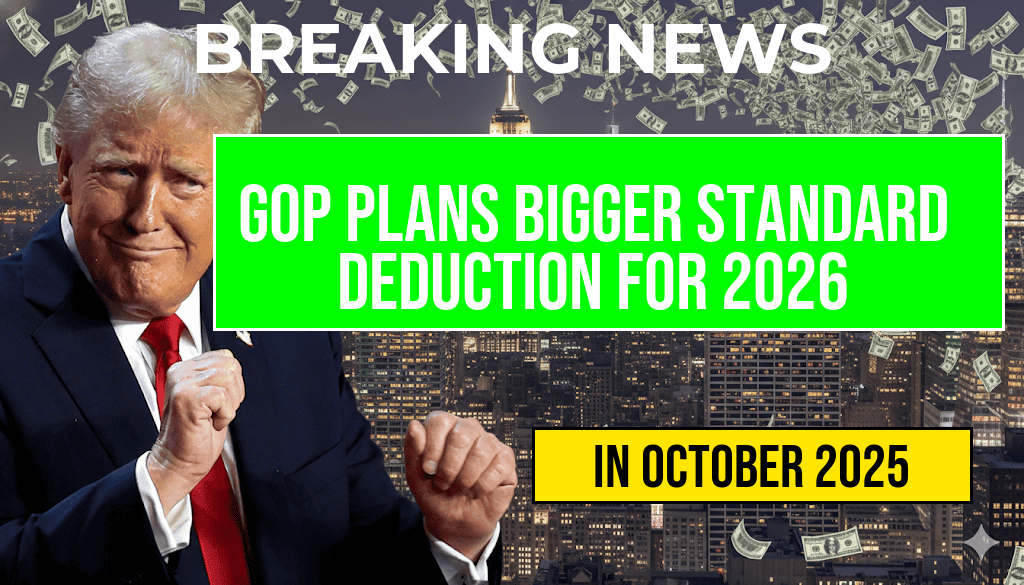Former President Donald Trump’s tax plan is generating significant debate as estimates suggest its implementation could lead to a staggering $11 trillion increase in the national deficit over the next decade. With proposals to cut corporate taxes, eliminate the estate tax, and reduce income taxes for high earners, the implications for federal revenue—and ultimately for American taxpayers—are profound. Economists warn that such extensive tax cuts could exacerbate income inequality and place a heavier financial burden on lower- and middle-income families. As the political landscape shifts and the 2024 Presidential Election approaches, understanding the potential impact of Trump’s tax strategy on individual wallets and the broader economy becomes increasingly vital.
Key Components of Trump’s Tax Proposal
Trump’s tax plan encompasses several major reforms aimed at stimulating economic growth and enhancing competitiveness. Here are some of the standout features:
- Reduction of Corporate Tax Rate: The proposal seeks to lower the corporate tax rate from 21% to 15%, aiming to encourage business investment and job creation.
- Elimination of the Estate Tax: By abolishing the estate tax, Trump aims to relieve financial burdens on wealthy families, arguing that it discourages saving and investment.
- Lowering Individual Tax Rates: The plan includes a reduction in tax rates for the highest income brackets, which critics claim may disproportionately benefit the wealthy.
Economic Implications
The projected $11 trillion deficit increase raises questions about the sustainability of such tax cuts. Critics argue that the plan could lead to significant cuts in public services and social programs as the government struggles to maintain fiscal balance. A study from the Forbes highlights that the long-term effects could result in higher taxes for middle-class Americans as lawmakers seek to recoup lost revenue.
Impact on Middle-Class Families
While proponents tout the potential for economic growth, many analysts express concern over how these changes will ultimately affect middle-class families. With reduced federal revenue, there may be an increased reliance on state and local taxes, which disproportionately impact lower-income households. The following points summarize potential outcomes:
- Increased State and Local Taxes: To make up for lost federal funding, states may raise taxes, further squeezing family budgets.
- Reduced Access to Services: Cuts to public programs, such as education and healthcare, could arise as federal funding diminishes.
- Worsening Income Inequality: The benefits of the proposed tax cuts may primarily favor the wealthy, widening the gap between high and low-income earners.
Public Reception and Political Landscape
Public opinion on Trump’s tax plan remains divided. Some view it as a necessary measure to invigorate the economy, while others see it as a dangerous leap toward fiscal irresponsibility. According to a recent poll from Pew Research Center, a majority of Americans express skepticism about the fairness of the proposal, particularly among lower-income households.
| Effect | Potential Impact |
|---|---|
| Corporate Tax Reduction | Increased investment, but potential for reduced public revenue. |
| Elimination of Estate Tax | Benefits wealthy families, possible increased wealth disparity. |
| Lower Individual Rates | Short-term relief for high earners, long-term burden on middle class. |
Conclusion: A Plan with Consequences
As discussions surrounding Trump’s tax plan continue, the potential $11 trillion price tag looms large over American households. Understanding the intricate details and possible repercussions is crucial for voters and taxpayers alike. As the 2024 elections draw near, the debate over fiscal policy will undoubtedly remain at the forefront, challenging citizens to consider what they are willing to sacrifice for potential economic growth.
Frequently Asked Questions
What is the estimated cost of Trump’s tax plan?
The estimated cost of Trump’s tax plan could reach a staggering $11 trillion, raising concerns about its long-term financial implications.
How might Trump’s tax plan affect individual taxpayers?
Individual taxpayers could see varying impacts on their wallets, depending on changes to tax rates and deductions included in the plan.
What are the potential implications of such a high price tag?
The $11 trillion price tag could lead to increased national debt and might necessitate cuts in public services or changes in other tax policies to accommodate the financial burden.
Will Trump’s tax plan benefit the wealthy more than middle-class families?
Critics argue that Trump’s tax plan may disproportionately benefit the wealthy, raising questions about equity and fairness for middle-class families.
How should taxpayers prepare for the changes proposed in Trump’s tax plan?
Taxpayers should stay informed on proposed changes and consider consulting financial advisors to understand how the plan might impact their tax liabilities and overall financial situation.





